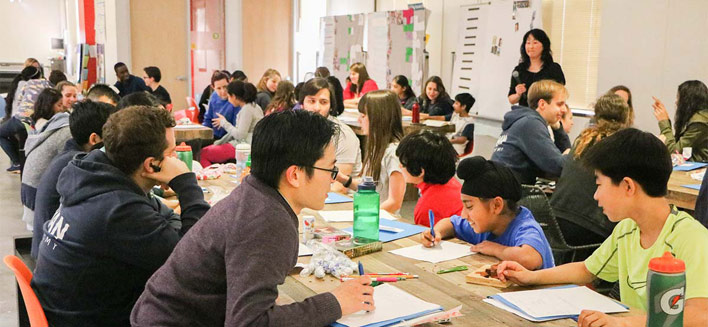
Education for Our Times
Education is not static; it evolves with societal changes. An awareness of the forces that have shaped public education historically, together with an understanding of the multiple factors that influence education today, are needed to empower all stakeholders to continue to adapt and improve our educational systems.
There is a critical need worldwide for education to prepare students to lead successful, fulfilling lives. In today’s world, this means providing young people with educational experiences that nurture their passions, curiosity, and creativity, that develop critical thinking and problem-solving skills, and that enable lifelong learning. The best solutions involve teachers, parents, students, schools, and communities, take advantage of available resources, are based on evidence, and draw inspiration from successful models.
In the US and other Western democracies, commitment to public education has gone hand in hand with growth and prosperity. Since the mid-19th century, free public education has provided a foundation for millions of people to create a life for themselves and their families, and to become informed, engaged citizens. Today, in the developed world, we take for granted that children start school around the age of five and go through about 11 years of compulsory schooling.
While a primary goal of education is to prepare students to become successful adults, what it takes to be successful is changing at an ever-increasing pace. The 21st-century world has seen changes that no one would have envisaged even 20 years ago, and classrooms and curricula have not kept up. In the United States disparities in school funding across states and districts, coupled with poverty and racism, have created distressing inequities.
Now is the time for all of us—leaders, educators, parents, students, and society—to think deeply about education and how we can achieve the critical but elusive goal of preparing young people to be successful, engaged, responsible and fulfilled adults.
How We Got Here: Education for a Bygone Era
Educational systems both reflect and shape the economic, social, cultural, and political realities in operation in any given time and place. The Industrial Revolution was a period of major economic and social transformation; not surprisingly major changes in education occurred during that period as well.
During the Industrial Revolution, production methods changed from hand production to machines, new technologies and industries came into being, and rapid increases occurred in trade and urbanization. These changes created an increased demand for literacy and numeracy skills, as well as technical and scientific knowledge, and contributed to the expansion of public education. Parents and students saw education as bringing value to the extent that it could improve students’ prospects of gainful employment. There were also those who argued for public education for the common good, rather than the benefits to the individual. According to the book School: The Story of American Public Education, by education historians David Tyack, Carl Kaestle, Diane Ravitch, James Anderson, and Larry Cuban, in the United States, Thomas Jefferson and others advocated for widespread, systematic, supervised public education to produce educated citizens who would be able to “understand issues and elect virtuous leaders.” Others, such as Horace Mann, an early advocate of public education in the US, believed in the “equalizing capacity of the school” and envisioned public schools as places where the elite and the poor came together. Still others saw education as a means of instilling values, though there was not always agreement as to what those values might be. Not surprisingly, while the mid-19th century saw greater access to education, the system was far from perfect, with “not only financial inequalities, but also cultural bigotry, racism and gender discrimination.”
Colonialism and Education
Colonialism led to new forms and systems of education, including new schools, curricula, examinations, certificates, and degrees, which often served the needs and interests of the colonial administration and economy.
As education scholar Sugata Mitra points out, some countries such as Britain and France not only needed clerical and administrative staff for new domestic institutions but also diplomats and civil servants with clerical skills to create and maintain their enormous colonial bureaucracies overseas.
What was required, says Mitra, were workers who were essentially identical to each other. “They must know three things: They must have good handwriting, because the data is handwritten; they must be able to read; and they must be able to do multiplication, division, addition and subtraction in their head. They must be so identical that you could pick one up from New Zealand and ship them to Canada and he would be instantly functional.” The Victorians, Mitra says, “created a computer of people, a bureaucratic machine and schools to prepare people to run that machine. This is still happening.”
The introduction of new education systems typically disrupted and marginalized existing education systems rooted in local culture which had largely been transmitted via oral traditions, apprenticeship, religious instruction, and indigenous schools. For example, the French Empire abolished madrasas in Algeria, and replaced them with French secular schools teaching French language and culture. Some colonized peoples resisted colonial education, boycotting it, sabotaging it, or using it as a tool for political and social mobilization. Others used it as a means of personal and professional advancement. For example, in South Africa the African National Congress used the colonial education system to train and educate its leaders and members, who later led the anti-apartheid struggle.
As colonized countries and regions gained independence, they challenged the colonial education systems. India, for example, reformed its education system to reflect its own national identity, culture and aspirations. Similarly, Algeria restored and reformed the madrasas and introduced Arabic as the official language of education.

Improbable Scholars
The Rebirth of a Great American School System and a Strategy for America’s Schools
David L. Kirp
How do we determine if our schools are preparing students for a meaningful future in our society and improve the schools that are not living up to those standards? Explores the current crisis in American education and four districts that have made positive changes.
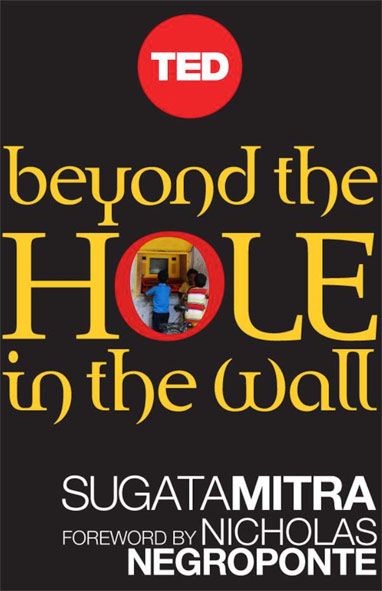
Beyond the Hole in the Wall
Discover the Power of Self-Organized Learning
Sugata Mitra
Sugata Mitra’s now famous experiments have shone light on the immense capacities that children have for learning in self-composed and self-regulated groups.
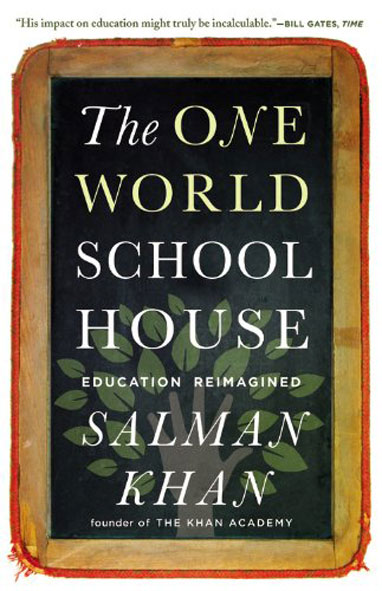
One World Schoolhouse
Education Reimagined
Salman Kahn
There may be a young girl in an African village with the potential to find a cancer cure. A fisherman’s son in New Guinea might have incredible insight into the health of the oceans. By combining the enlightened use of technology with the best teaching practices, we can foster students who are capable of self-directed learning, deep understanding of fundamentals, and creative approaches to real-world problems.
In the series: Education Yesterday and Today
Related articles:
Further Reading »
External Stories and Videos

Watch: China Is the Wrong Model
Yong Zhao, Network for Public Education National Conference
Yong Zhao’s lively address brings a thought-provoking perspective on comparing U.S. and Chinese student test scores as a way to evaluate our education systems.
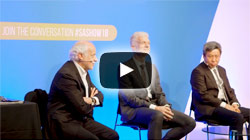
Watch: Experts Debate Merits of PISA
Yong Zhao & Andreas Schleicher, Schools & Academies Show Birmingham 2018
Education scholars Yong Zhao and Andreas Schleicher share their divergent views on the pros and cons of OECD’s international testing program.

The Other Segregation
Whitney Pirtle, The Atlantic
The public focuses its attention on divides between schools, while tracking has created separate and unequal education systems within single schools.

Math with Meaning
COMP & SIAM
Math educators provide helpful guidelines for transforming traditional math equations and problems in a way that gives students as early as pre-K the foundation to tackle open-ended, reality-based questions collaboratively—questions that they find meaningful and can enhance their future. (PDF)

Watch: Our Failing Schools. Enough is Enough
Geoffrey Canada, TED
Why does our education system look the way it did 50 years ago? Millions of students were failing then, as they are now — and it’s because we’re clinging to a business model that clearly doesn’t work. Education advocate Geoffrey Canada dares the system to make systematic shifts in order to help greater numbers of kids excel.
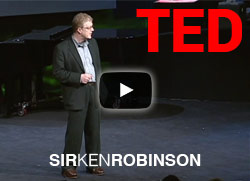
Watch: Do Schools Kill Creativity?
Sir Ken Robinson, TED
Here the entertaining and profoundly moving case for creating an education system that nurtures (rather than undermines) creativity

Watch: Will Our Kids Be Ready for the World in 2050?
Dana Mortenson, TED
World Savvy founder Dana Mortenson explores how teaching and learning in the U.S. is changing, or should change, in our rapidly evolving, interconnected global society. Will our kids will be ready to compete in, and contribute to, a new reality?
